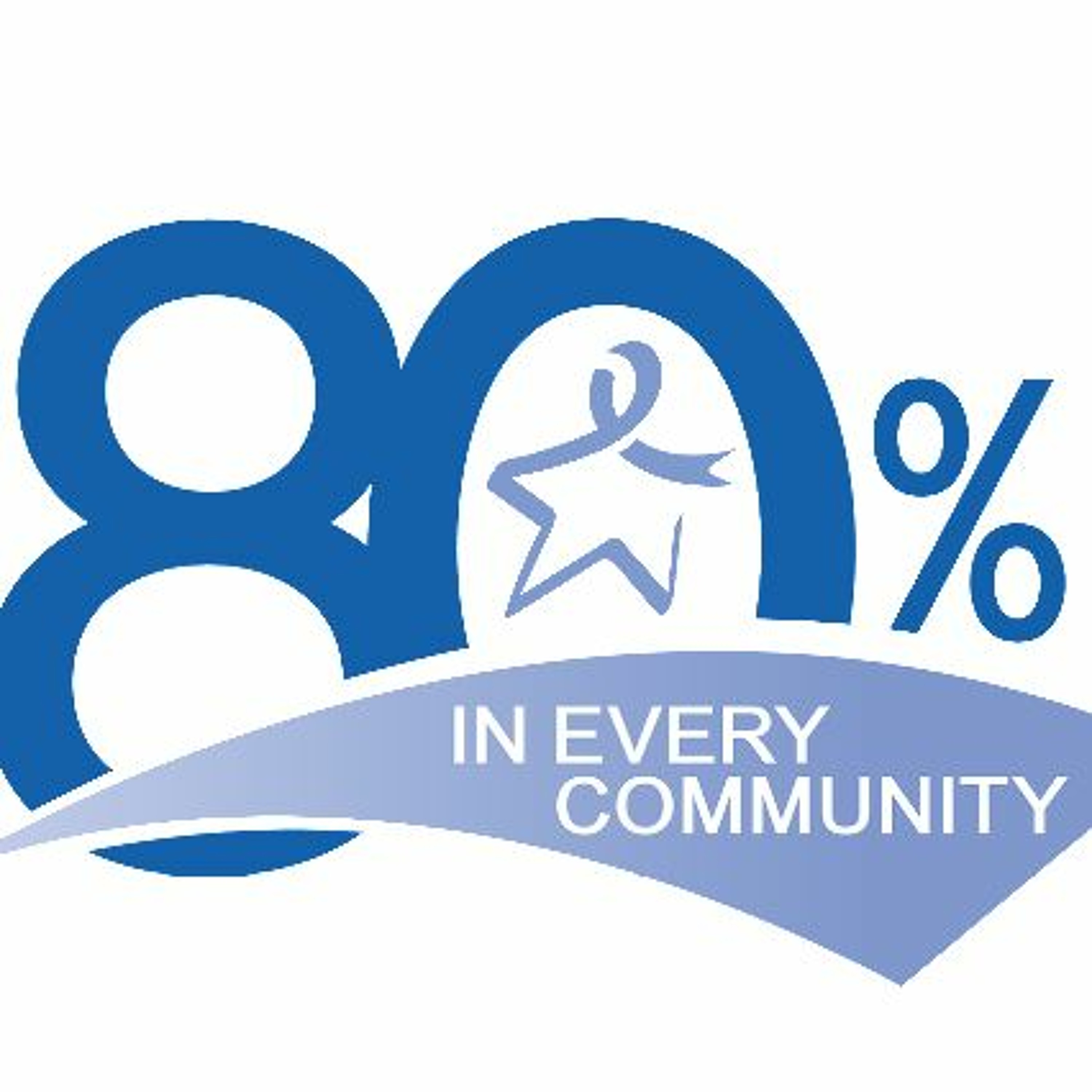80% in EVERY community

Jan Eberth and Jesse Nodora are each working to eliminate cancer disparities and boost colorectal cancer screening rates.\n\nJan Eberth, of the University of South Carolina, is examining cancer screening accessibility in the U.S. and its impact on patient-level outcomes. She uses geospatial approaches and focuses in part on rural communities.\n\nJesse Nodora, of the University of California, San Diego, works closely with community health centers and aims to promote health at the individual, provider, and system level. \n\n1:45 \u2013 On how they would describe their work to researchers in other fields: \n\n(Eberth) \u201cI study how processes and facets of the health care system and specific health policies impact patients who are at risk for or diagnosed with cancer\u2026In my research I use a database of all colonoscopies that were completed in our state over a 15-year period. We link that information with our state cancer registry to help us learn more about\u2026whether the geographic access that patients have to care is impacting their clinical outcome.\u201d\n\n(Nodora) \u201cThe work that I do really focuses on what I would label multi-level health promotion, specifically focused on increasing cancer screening\u2026The multi-level part really is about addressing individual/patient level, provider team, and leadership/clinic administration level barriers and needs.\u201d\n\n5:25 \u2013 On the most important unanswered questions in their fields:\n\n(Nodora) \u201cHow can law and policymakers work in partnership with researchers and other public servants to make the most equitable and impactful decisions? Often in our society, many of the high-level decisions that are made are not made for the public\u2019s good or public health. They\u2019re made for profit, or they\u2019re made for the bottom line, and that is reflected in lobbying.\u201d\n\n(Eberth) \u201cThere have been studies that look at national- and state-level capacity, but there\u2019s a lot less research that has looked at local-level capacity. It\u2019s important to know where we\u2019re losing access over time to important treatment services and screening services, so we can think about what solutions there are to halt those trends. And those might include things like: use of telehealth, use of mid-level providers, offering mobile clinics, and changing staffing patterns and credentialing requirements.\u201d\n\n13:40 \u2013 How they would describe their work to a colorectal cancer patient or survivor: \n\n(Eberth) \u201cRight now where you live, how much money you make, what type of insurance you have\u2014it does dictate, unfortunately, where people get care and the type of care they get. To me that\u2019s unacceptable\u2026My research aims to find out where inequities exist\u2014and find out why they exist\u2014so that policymakers, clinicians, and public health practitioners can develop the types of programs and policies that are needed to address those issues directly.\u201d\n\n(Nodora) \u201cThe goal of what I\u2019m trying to do at all levels\u2013patient, provider, and system levels\u2013at the end of the day it\u2019s all about, for poor and underserved patients at community health centers, how do you increase those colorectal cancer screening rates?\u201d\n\n20:25 \u2013 The challenges of community-academic partnerships:\n\n(Nodora) \u201cAny kind of relationship is about trust. You want to start real early; develop the relationships, develop the trust, and basically listen to them\u2026 The one thing that there\u2019s a real disconnect on is how long discovery takes. You want to impress upon your partners that you\u2019re in it for the long haul.\u201d